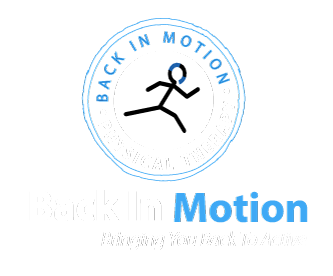Frozen Shoulder (Adhesive Capsulitis)
Frozen shoulder is the common name of adhesive capsulitis, an inflammatory condition that restricts motion in the shoulder. The tissues around the joint stiffen, adhesions (internal scar tissue) form, and shoulder movements become difficult and painful. The condition sometimes occurs because of lack of use due to pain caused by injury, but can also arise with no obvious cause. Those associated with an increased risk for this condition include those with diabetes, shoulder trauma (including surgery), hyperthyroidism, and a history of heart disease or cervical disk disease.
Symptoms:
– Stiffness
– Pain
– Limited Motion
AC Joint Seperation
The shoulders are the most mobile joints in the body, but unfortunately this makes them prone to injury. A shoulder separation is the partial or complete separation of the clavicle (collarbone) and the acromion process (the top of the shoulder blade at the end) which meet at what is called the acromioclavicular joint (AC joint). The most common cause of a separated shoulder is a fall or blow to the shoulder. The impact may stretch or tear the ligaments that stabilize the AC joint. This separates the bones in the shoulder, creating a bump at the top of the shoulder.
Symptoms:
– Intense shoulder pain
– Tenderness of the shoulder and collarbone
– Shoulder or arm weakness
– Shoulder bruising or swelling
– Limited shoulder movement
– A bump at the top of the shoulder

